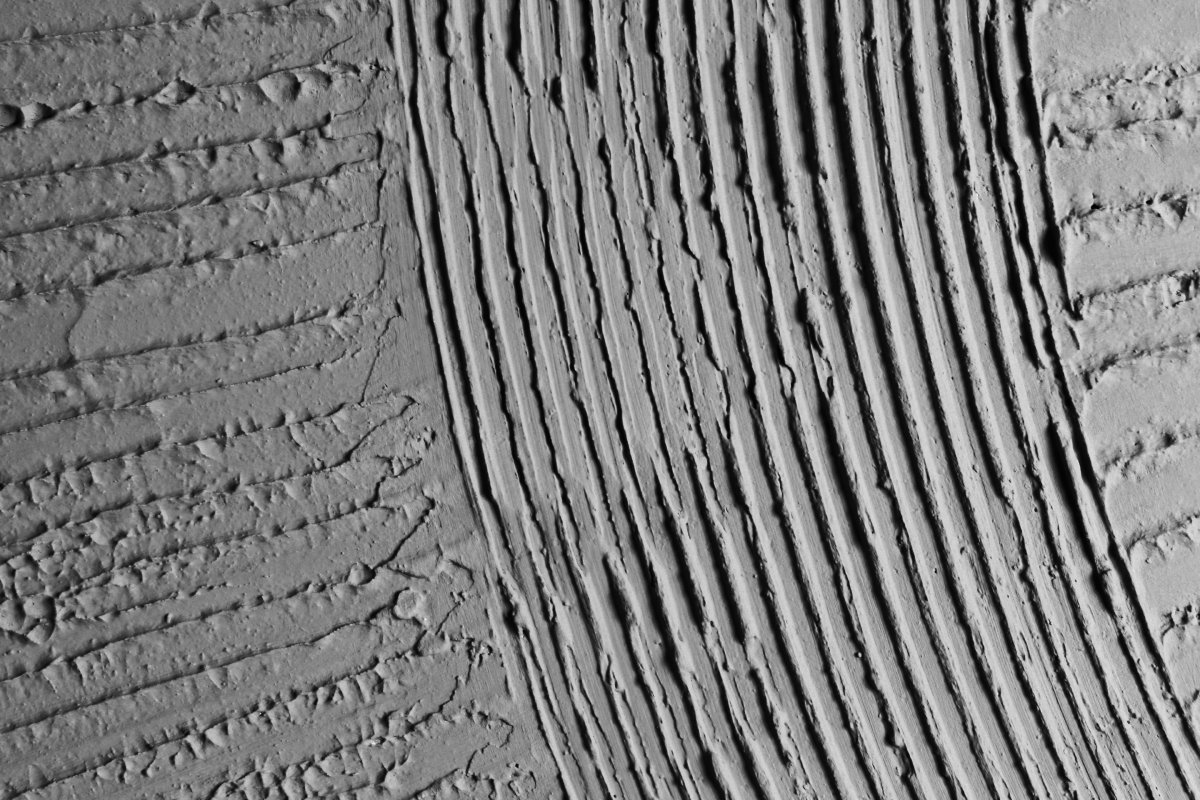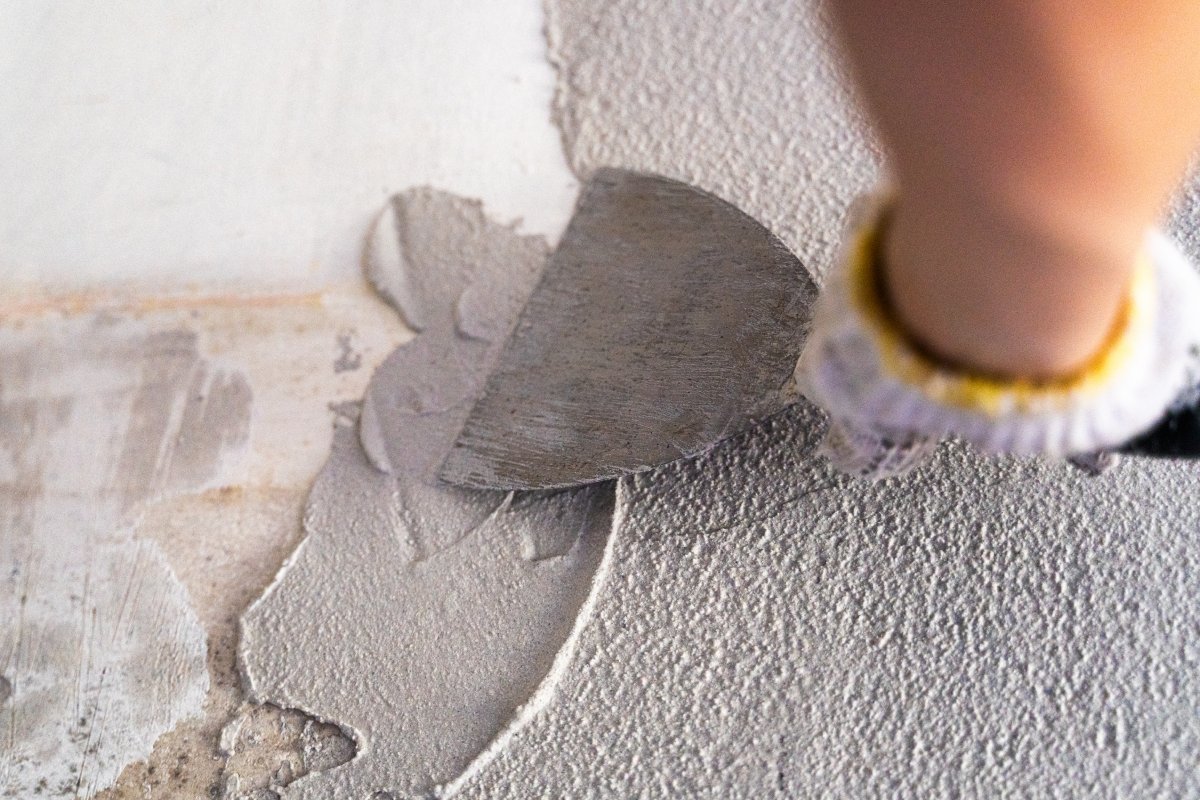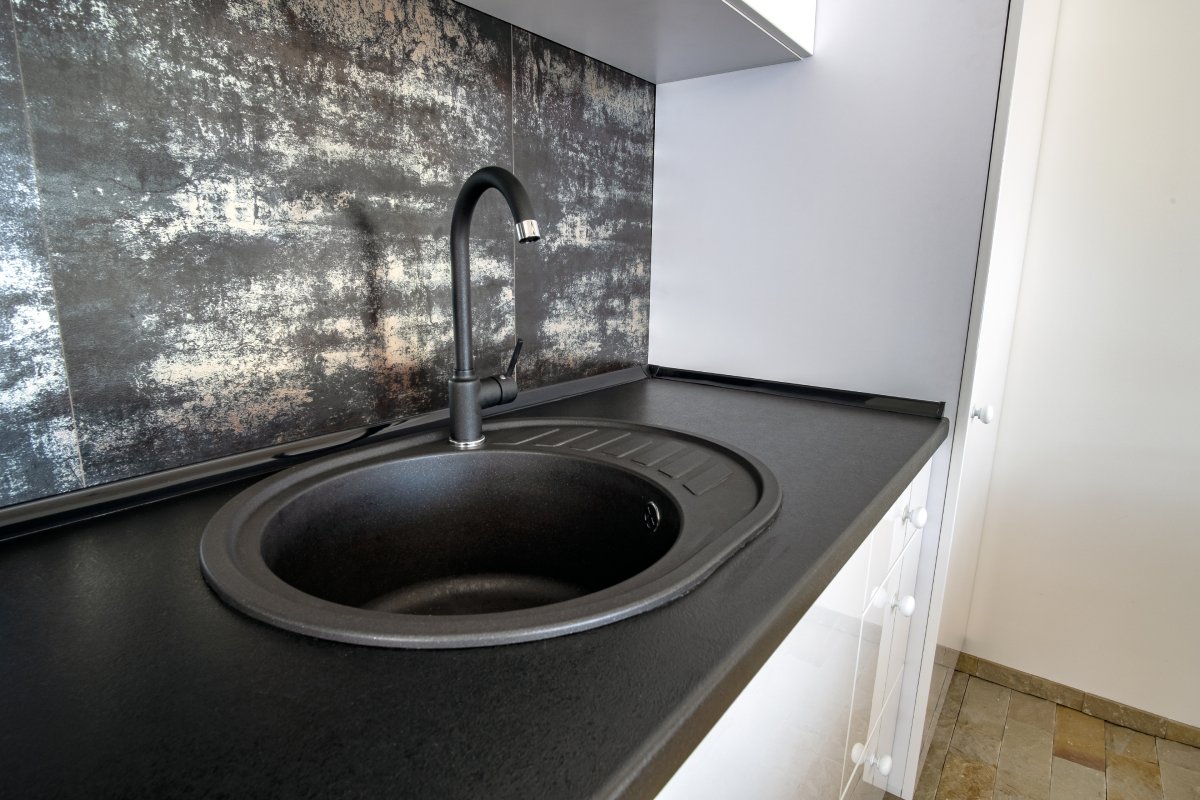What is Venetian plaster? How waterproof is Venetian plaster? How long does Venetian plaster last?
Building, Business, House & Garden, LifeStyle Feb 23, 2023

Venetian plaster is a popular choice for high-end interior design projects due to its luxurious appearance and durability. It is a wall finishing technique that has been in use for centuries and is made with high-quality materials such as marble dust and slaked lime.
While Venetian plaster is resistant to moisture and mould, it is not completely waterproof, and its lifespan depends on several factors, including the quality of the materials used, the skill of the craftsman who applies it, and the conditions in which it is installed.
What is Venetian plaster?
Venetian plaster is a wall-finishing technique that has been in use for centuries. It involves the application of multiple layers of plaster, which are then polished to create a smooth and shiny surface. This decorative plastering technique originated in ancient Rome and was later refined and popularised in Venice during the Renaissance period.
Venetian plaster is made up of several materials, including marble dust, slaked lime, and water. The marble dust gives the plaster its characteristic shine, while the lime acts as a binder to hold the plaster together. The mixture is applied in thin layers, and each layer is allowed to dry before the next layer is added.

One of the defining characteristics of Venetian plaster is its polished finish. This is achieved by using a trowel to smooth and compress the plaster after each layer is applied. The final layer is polished using a tool called a burnishing trowel, which creates a smooth and reflective surface.
The finish produced by Venetian plaster can vary depending on the technique used to apply it. For example, a traditional technique called “marmorino” creates a matte finish, while a technique called “polished plaster” produces a high-gloss finish. The colour of the plaster can also be customised by adding pigments to the mixture.
Venetian plaster can be used on walls, ceilings, and even furniture to create a seamless and elegant look. It is also a popular choice for historic restoration projects, as it can be used to recreate the authentic look and feel of ancient plasterwork.
However, Venetian plaster is not without its drawbacks. It is a time-consuming and labour-intensive process that requires a skilled craftsman to achieve the desired results. It can also be expensive, as the cost of materials and labour can add up quickly. Additionally, the finish is not as durable as some other wall finishes, and it can be prone to cracking and chipping over time.
How waterproof is Venetian plaster?
Venetian plaster is a popular choice for high-end interior design projects due to its luxurious appearance and durability. While it is not completely waterproof, it is resistant to moisture and can be used in areas that are prone to getting wet, such as bathrooms and kitchens.
The resistance to moisture of Venetian plaster is due to the presence of lime in the mixture. Lime is a natural material that is known for its ability to repel water. When applied to a surface, the lime in the plaster reacts with carbon dioxide in the air to create calcium carbonate. This process is called carbonation, and it forms a hard, protective layer on the surface of the plaster.

However, it is important to note that Venetian plaster is not completely waterproof. It is not suitable for use in areas that are constantly exposed to water, such as swimming pools or outdoor areas. If the plaster is exposed to excessive amounts of water, it can become damaged or discoloured.
To enhance the water resistance of Venetian plaster, a sealer can be applied to the surface. A sealer is a protective coating that helps to repel water and prevent damage to the plaster. There are a variety of sealers available, including those that are water-based or oil-based. The type of sealer used will depend on the specific needs of the project.
In addition to its water resistance, Venetian plaster is also resistant to mould and mildew. This is due to the natural properties of lime, which help to prevent the growth of these types of organisms. This makes Venetian plaster a good choice for areas that are prone to moisture and humidity such as in the kitchen, and if you have a mould problem right now, consider upgrading your kitchen featuring Venetian plaster would do the trick.
How long does Venetian plaster last?
Venetian plaster’s durability and longevity make it a popular choice for high-end interior design projects. While the lifespan of Venetian plaster depends on several factors, it can last for several decades if properly maintained.
The lifespan of Venetian plaster is affected by several factors, including the quality of the materials used, the skill of the craftsman who applies it, and the conditions in which it is installed. Venetian plaster is typically made with high-quality materials, such as marble dust and slaked lime, which contribute to its durability. Additionally, the skill of the craftsman who applies the plaster can affect its lifespan. A skilled craftsman will be able to apply the plaster evenly and properly, which can help to prevent cracking and other forms of damage.

The conditions in which Venetian plaster is installed can also affect its lifespan. Venetian plaster is not suitable for use in areas that are constantly exposed to water or high levels of humidity, as this can cause the plaster to become damaged or discoloured over time. Additionally, exposure to direct sunlight can cause the plaster to fade or discolour.
Proper maintenance is also important for extending the lifespan of Venetian plaster. The plaster should be regularly cleaned with a soft cloth or sponge to remove dirt and dust. Harsh cleaning products or abrasive materials should be avoided, as these can damage the plaster. If the plaster becomes damaged, it should be repaired as soon as possible to prevent further damage.
In conclusion
Venetian plaster is a durable and long-lasting wall finishing technique that is made with high-quality materials such as marble dust and slaked lime. Its resistance to moisture and mould makes it a popular choice for areas that are prone to getting wet, while its lifespan depends on several factors, including the quality of the materials used, the skill of the craftsman who applies it, and the conditions in which it is installed.
With proper maintenance, Venetian plaster can last for several decades, making it a worthwhile investment for high-end interior design projects.